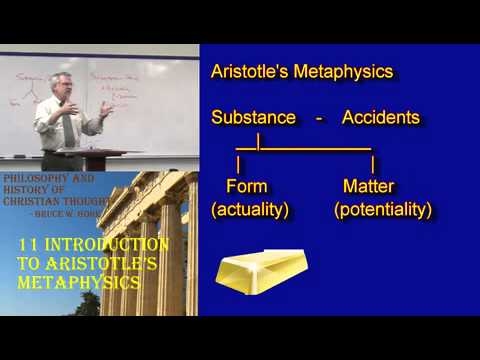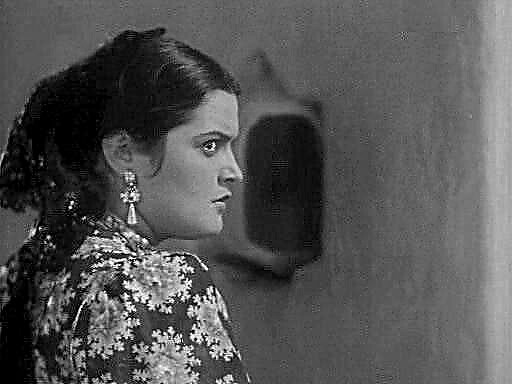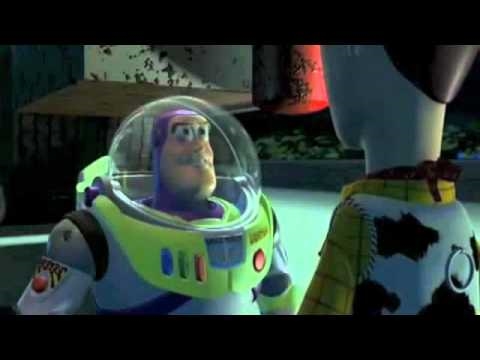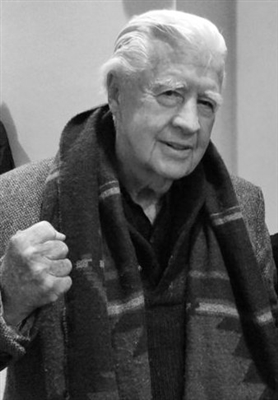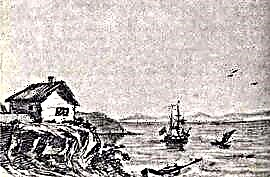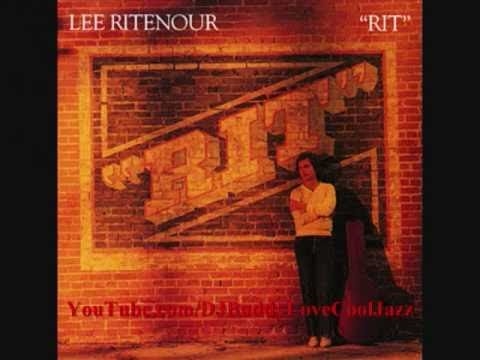Introduction
Digital literacy allows you to live and work with bits - letters, tasks, news, notifications of social networks and other digital information - more productively and without harming work and personal life. In short, digital literacy users should leave the bits alone.
Urgency and haste are no helpers in controlling bits. But passivity is not a solution to the problem. Technology cannot solve congestion problems. Simplicity is the virtue of digital literacy. Leaving bits alone means always looking for the ability to delete, defer or filter digital information, otherwise it will accumulate. Emptiness is at the heart of digital literacy.
Success in the digital world can be achieved by creating a calm, empty place where we can concentrate on the bits that we need, and when we need them. Emptiness brings benefits - the possibility of rest (completeness).
Another component of digital literacy is the ability to work effectively with tools.
Inbox Management
To deal with email overload, you must not overload. You cannot use a mailbox as a to-do list, file system, calendar, bookmark list, or address book.
Mailbox - only for temporary and short-term storage of emails, which then must be deleted or moved to another place. Delete all letters from the mailbox at least once a day. Keep your inbox empty.
The daily stable state method will help organize incoming e-mail messages.
- Read all your personal mail and delete it.
- Remove all spam.
- View informational or prescriptive messages and delete them.
- Save all important messages to files.
- Complete tasks that take less than 2 minutes.
- List all major things in the to-do list.
The faster the mailbox is empty, the faster you will return to productive work.
To do list management
Digital literacy minimizes the time required to organize to-do lists and increases the time to complete them.
To deal with a lot of things, you need to prioritize, and this will allow you to focus on the right task at the right time.
Paper is the best option to sketch out a note or two, but it is not good for managing to-do lists. Digital literacy encourages users to limit paper usage and switch to a digital to-do list management system. With a large number of tasks, you need to use only bits. Paper cannot compress information: the more data on it, the more space it takes.
Effectively managing your to-do list requires an understanding of how they work. Any task can be completed in four stages.
- Creature.
- Inertia period.
- Entry into force.
- Execution.
In order for the to-do list to be consistent with the principles of digital literacy, the tasks in it must be advanced in stages. It must be digital, not paper, to meet the requirements of space and time.
Four components of a digitally literate list.
- Each task is timed to a specific day. A to-do list should focus users only on today's tasks. What lies ahead should remain there and not distract the eye. New affairs in the list for the current day and for the future can be created using e-mail.
- Each task has its own priority rank during the day.After prioritizing the day, the user can begin to work on them from top to bottom, always knowing what to focus on at a particular moment.
- Each task should contain a detailed description and a brief summary.
- The to-do list should be simple enough so that the user can focus on the work itself, and not on the tool.
If there is too much work, then an effective to-do list will at least immediately clarify this, and the user will begin to think about how to reorganize the work or even partially abandon it.
Media
One of the most disturbing side effects of the information age is the feeling that we must know everything. Overloading information can cause the same problems as a swollen mailbox: it puts pressure on people, causing stress and anxiety.
The first step to gaining control over the reload of information is not to feel guilty. Learn to get only the right information without trying to get all of it.
The digital literacy approach involves a media diet that needs to be followed. The media diet is actually not much different from a daily diet.
When creating your media diet, you should rely on as few sources as possible and spend as little time as possible, but at the same time remain fully informed.
Media - a set of sources with two main components: the main composition and the viewing group.
The main composition includes 3 sources.
- Stars are rare sources that constantly provide important and useful information relating to one or more areas of your personal or professional interest.
- Workhorses - most of them in the diet. These are sources that can be trusted for some important information.
- Point players are good for solving a specific problem.
Viewing group - sources that have not yet been included in the main team, but may be there.
Be choosy about the sources you are viewing. Browse them with specific intentions, understanding that you are studying, why and for how long you intend to use this resource. Remember that the team does not have much space.
Be aware of what you are consuming and why, strictly evaluate what you consume, especially on the Internet.
Making bits
If you need to say something, be brief. Each time you send an email, take a photo or create a web page, you add a few more drops to the already very deep ocean. Are you sure your message is really important?
Digital literacy implies that the message should bear in mind the limited resources of the recipient, so be guided by the following rules:
- When writing an e-mail, try to be concise and clear;
- when transferring photos, select only the best;
- when creating a site, make sure that its theme is clear at a glance at the home page.
Always report the purpose of the letter as early as possible. When a letter falls into the mailbox, the first thing the owner sees is the Subject field. If it does not interest the recipient who has little time, this will be the only part of the letter that he will read before moving on to the next. The Subject field should be descriptive, but as concise as possible.
The letter should be as short as possible, therefore:
- state first of all the most important idea;
- then state the second most important idea;
- if there is a third important idea, consider whether it is needed in this message at all;
- try to finish the letter faster.
The length of the letter is of great importance. The less time it takes to read the letter, the more likely it is to be read.
People learn only through what they already know: before sending a message, you need to make sure that the recipient is in the right context.
Avoid ambiguity so that the recipient does not have to ask again.
Avoid relative dates (today, tomorrow).
Never create bits that you would prefer not to announce to the whole world.
Do not write letters under the influence of anger.


